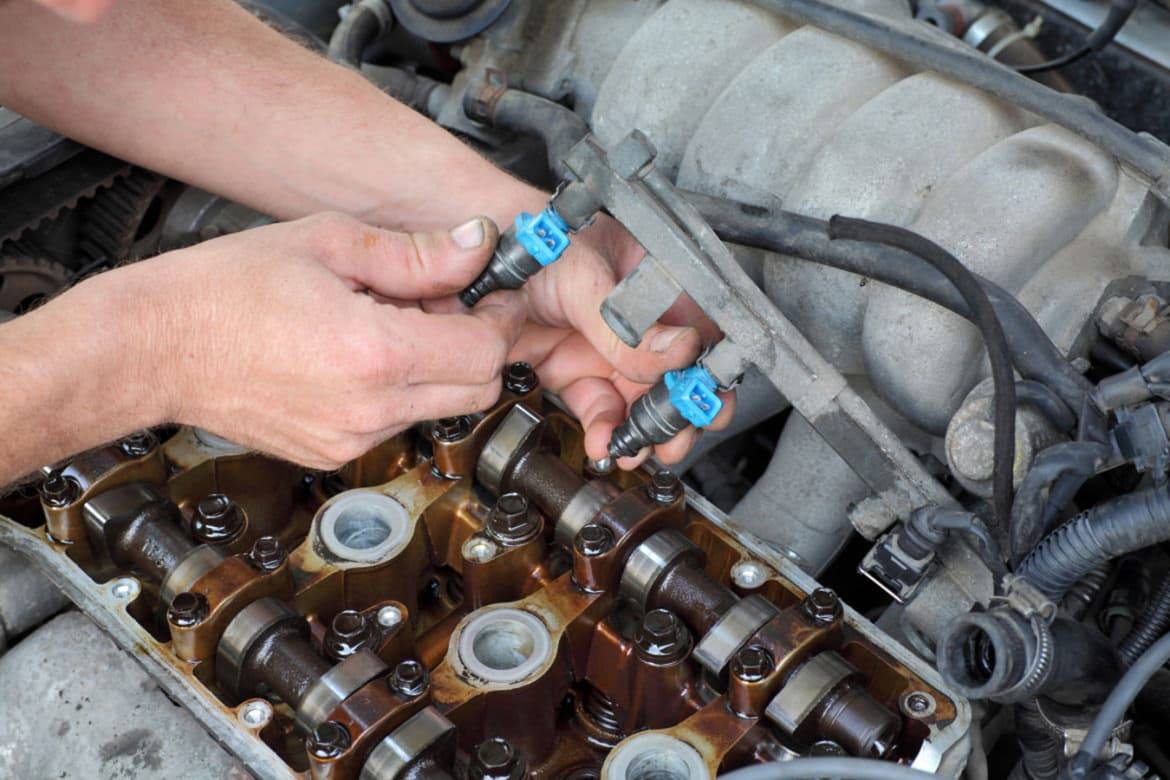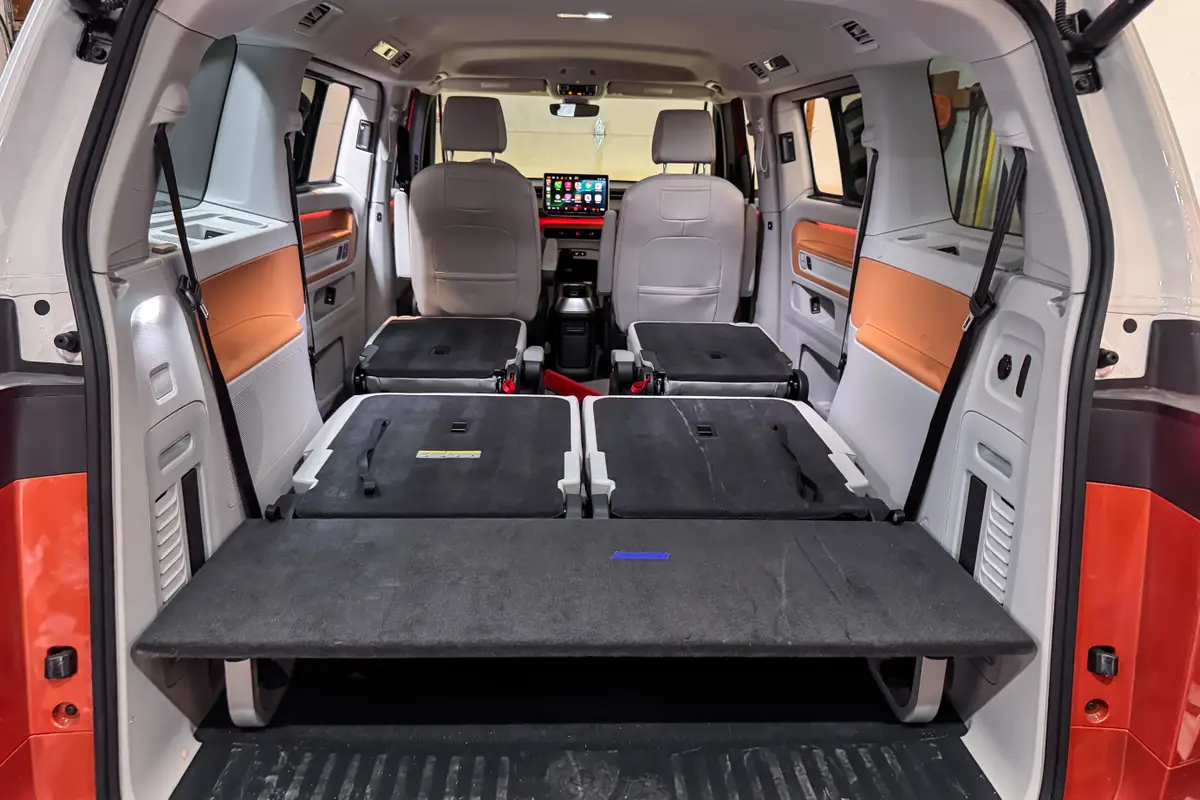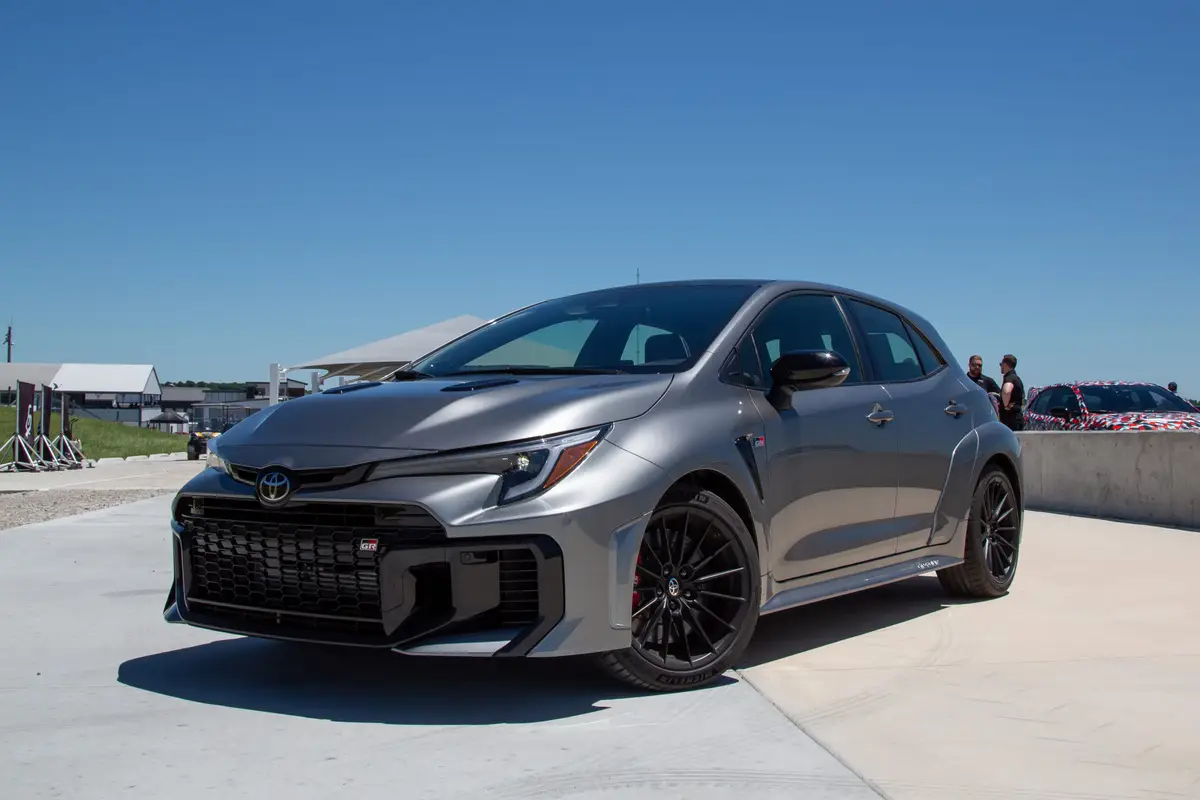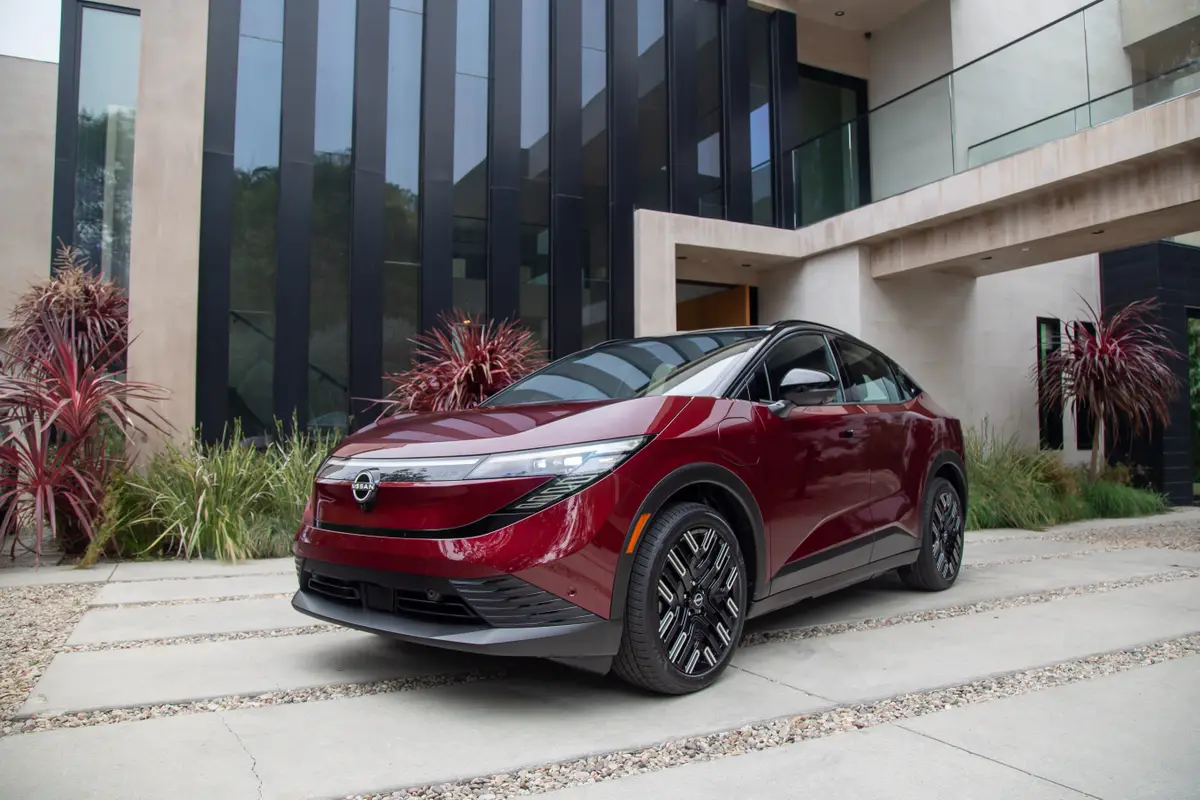What Are The Different Types of Fuel Injection?


CARS.COM — You’ve heard the term before, but what are the actual nuances of fuel injection? What are the different types of fuel injection in your vehicle? It requires a little bit of basic engine understanding, but we’re here to help. The fuel injection types used in newer cars include four basic types:
- Single-point or throttle body injection
- Port or multipoint fuel injection
- Sequential fuel injection
- Direct injection
Related: Do Fuel Injectors Need Periodic Cleaning?
Single-Point or Throttle-Body Injection
The earliest and simplest type of fuel injection, single-point simply replaces the carburetor with one or two fuel-injector nozzles in the throttle body, which is the throat of the engine’s air intake manifold. For some automakers, single-point injection was a stepping stone to the more complex multipoint system. Though not as precise as the systems that have followed, TBI meters fuel with better control than a carburetor and is less expensive and easier to service.
Port or Multipoint Fuel Injection
Multipoint fuel injection devotes a separate injector nozzle to each cylinder, right outside its intake port, which is why the system is sometimes called port injection. Shooting the fuel vapor this close to the intake port almost ensures that it will be drawn completely into the cylinder. The main advantage is that MPFI meters fuel more precisely than do TBI designs, better achieving the desired air-fuel ratio and improving all related aspects. Also, it virtually eliminates the possibility that fuel will condense or collect in the intake manifold. With TBI and carburetors, the intake manifold must be designed to conduct the engine’s heat, a measure to vaporize liquid fuel.
This is unnecessary on engines equipped with MPFI, so the intake manifold can be formed from lighter-weight material, even plastic. Incremental fuel-economy improvements result. Also, where conventional metal intake manifolds must be located atop the engine to conduct heat, those used in MPFI can be placed more creatively, granting engineers design flexibility.
Sequential Fuel Injection
Sequential fuel injection, also called sequential port fuel injection (SPFI) or timed injection, is a type of multiport injection. Though basic MPFI employs multiple injectors, they all spray their fuel at the same time or in groups. As a result, the fuel may “hang around” a port for as long as 150 milliseconds when the engine is idling. This may not seem like much, but it’s enough of a shortcoming that engineers addressed it: Sequential fuel injection triggers each injector nozzle independently. Timed like spark plugs, they spray the fuel immediately before or as their intake valve opens. It seems like a minor step, but efficiency and emissions improvements come in very small doses.
Direct Injection
Direct injection takes the fuel injection concept about as far as it can go, injecting fuel directly into the combustion chambers, past the valves. More common in diesel engines, direct injection is starting to pop up in gasoline engine designs, sometimes called DIG for direct-injection gasoline. Again, fuel metering is even more precise than in the other injection schemes, and the direct injection gives engineers yet another variable to influence precisely how combustion occurs in the cylinders. The science of engine design scrutinizes how the air-fuel mixture swirls around in the cylinders and how the explosion travels from the ignition point.
Things such as the shape of cylinders and pistons; port and spark plug locations; timing, duration and intensity of the spark; and number of spark plugs per cylinder (more than one is possible) all affect how evenly and completely fuel combusts in a gasoline engine. Direct injection is another tool in that discipline, one that can be used in low-emissions lean-burn engines.
Cars.com’s Editorial department is your source for automotive news and reviews. In line with Cars.com’s long-standing ethics policy, editors and reviewers don’t accept gifts or free trips from automakers. The Editorial department is independent of Cars.com’s advertising, sales and sponsored content departments.

Managing Editor Joe Bruzek’s 22 years of automotive experience doesn’t count the lifelong obsession that started as a kid admiring his dad’s 1964 Chevrolet Corvette — and continues to this day. Joe’s been an automotive journalist with Cars.com for 16 years, writing shopper-focused car reviews, news and research content. As Managing Editor, one of his favorite areas of focus is helping shoppers understand electric cars and how to determine whether going electric is right for them. In his free time, Joe maintains a love-hate relationship with his 1998 Pontiac Firebird Trans Am that he wishes would fix itself. LinkedIn: https://www.linkedin.com/in/joe-bruzek-2699b41b/
Featured stories




